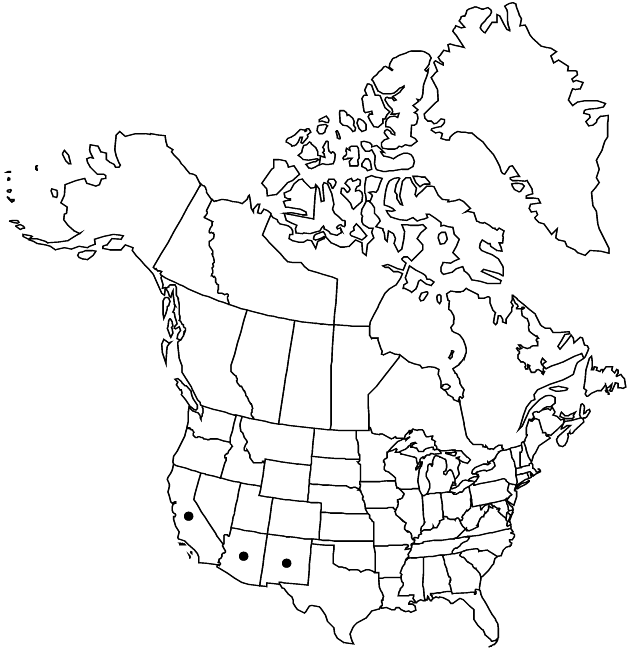Difference between revisions of "Pseudognaphalium leucocephalum"
Opera Bot. 104: 147. 1991.
FNA>Volume Importer |
FNA>Volume Importer |
(No difference)
| |
Revision as of 18:38, 24 September 2019
Biennials or short-lived perennials, 30–60 cm; taprooted. Stems densely and persistently white-tomentose, usually with stipitate-glandular hairs protruding through tomentum. Leaf blades (crowded, internodes mostly 1–3, sometimes to 10 mm) linear-lanceolate, 3–7 cm × 1–5(–6) mm, bases subclasping, not decurrent, margins strongly revolute, faces bicolor, abaxial densely white-tomentose, adaxial green, densely stipitate-glandular. Heads in corymbiform arrays. Involucres broadly campanulate, 5–6 mm. Phyllaries in 5–7 series, bright white (opaque, dull), oblong to oblong-ovate, glabrous. Pistillate florets 66–85. Bisexual florets (6–14, California)29–44. Cypselae ridged, smooth. 2n = 28.
Phenology: Flowering (Jul–)Aug–Nov(–Dec).
Habitat: Sandy or gravelly slopes, stream bottoms, arroyos, areas of oak-sycamore, oak-pine, to pine woodlands, commonly in riparian vegetation
Elevation: 50–2100 m
Distribution

Ariz., Calif., N.Mex., Mexico (Baja California, Baja California Sur, Chihuahua, Durango, Sinaloa, Sonora).
Discussion
Pseudognaphalium leucocephalum is similar to P. viscosum, which has shiny, hyaline, ovate-lanceolate phyllaries, 200–250 pistillate florets, (13–)16–29 bisexual florets, and papillate-roughened cypselae. Some plants of P. leucocephalum also appear to approach P. biolettii in general appearance, and it is possible that some of them may represent hybrids. Plants of P. biolettii differ from P. leucocephalum in their typically eglandular stems, broader, basally ampliate, clasping, more widely spaced, and less densely glandular leaves, and thinner, shiny phyllaries.
Selected References
None.